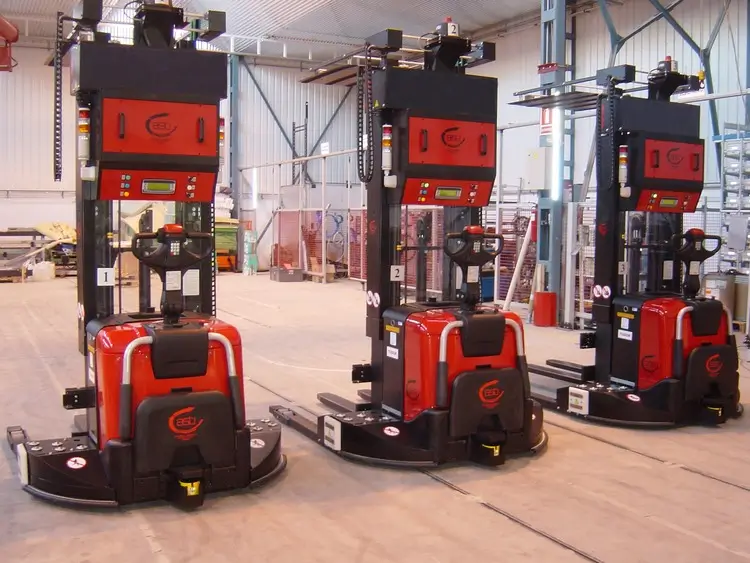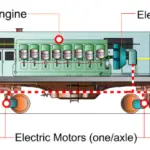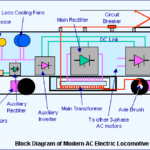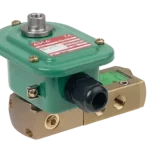In today’s industrial landscape, the role of battery chargers cannot be overstated. They are pivotal in sectors ranging from manufacturing to transportation, ensuring that essential machinery and vehicles operate without interruption. This article explores the inner workings, types, and technological nuances of industrial battery chargers, highlighting their critical role in modern industry.
What Are Industrial Battery Chargers?
Industrial battery chargers are devices designed to input electrical energy into rechargeable batteries by forcing an electric current through them. Their primary function is to restore full power to a battery, enabling continuous operation of industrial equipment. These chargers are tailored to meet the rigorous demands of industrial applications, offering robust, efficient, and reliable charging solutions.
How Do Industrial Battery Chargers Operate?
Understanding how industrial battery chargers operate is key to optimizing their functionality. The charging process typically follows these steps:
- Connection: The charger is connected to a battery.
- Recognition: It identifies the battery type and its current state.
- Charge Initiation: The charger begins delivering current.
- Bulk Charge: The majority of the battery’s capacity is charged at the highest safe current.
- Absorption: The voltage is maintained to allow the battery to reach full charge.
- Float Charge: The charger applies a lower voltage to maintain the battery’s full charge without overcharging.
Core Components of Industrial Battery Chargers
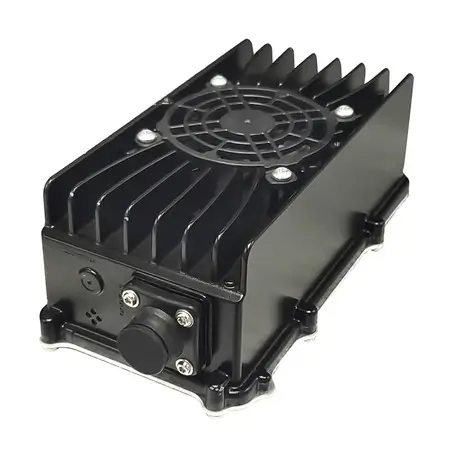
Industrial battery chargers consist of several key components:
- Transformers: Step down or step up the input voltage to match the battery’s requirements.
- Control Circuits: Manage the charging process to ensure efficiency and safety.
- Cooling Systems: Prevent overheating during the charging process.
Technologies Used in Industrial Battery Chargers
Two main technologies dominate:
Switched-Mode Power Supplies
These are highly efficient in converting electrical power, which is crucial in reducing energy consumption and heat generation during charging.
Ferroresonant Transformers
Known for their robustness and reliability, ferroresonant transformers ensure a consistent output despite input fluctuations, making them ideal for industrial environments.
| Technology | Description | Ideal For |
|---|---|---|
| Switched-Mode Power Supplies | Highly efficient in converting electrical power, reducing energy consumption and heat generation during charging. | Energy-efficient and low-heat charging. |
| Ferroresonant Transformers | Robust and reliable, providing consistent output despite input fluctuations. | Industrial environments with input fluctuations. |
What Are the Types of Industrial Battery Chargers?
There are several types of industrial battery chargers, each suited for different applications:
Fast Chargers
Rapidly charge batteries, ideal for operations where downtime is critical.
Trickle Chargers
Provide a slow, steady charge that maintains battery health over prolonged periods.
Smart Chargers
Adjust the charging process based on the battery’s condition to prevent overcharging and extend battery life.
| Type of Charger | Description | Ideal For |
|---|---|---|
| Fast Chargers | Rapidly charge batteries, minimizing downtime. | Operations where downtime is critical. |
| Trickle Chargers | Provide a slow, steady charge to maintain battery health over long periods. | Long-term battery maintenance. |
| Smart Chargers | Adjust the charging process based on the battery’s condition to prevent overcharging and extend battery life. | Extending battery life and preventing overcharging. |
What Are the Charging Techniques Used in Industrial Settings?
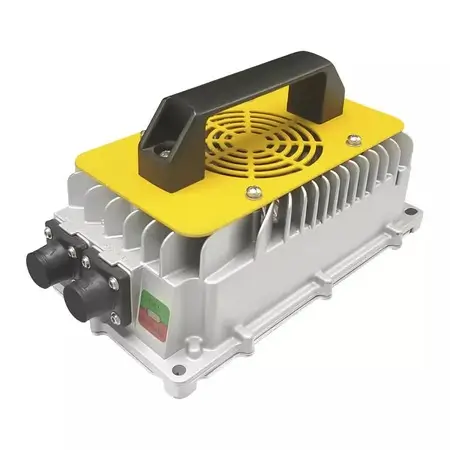
In industrial settings, various charging techniques are employed:
Constant Current Charging
This technique involves charging the battery at a constant current until it reaches a set voltage.
Pulse Charging
Involves charging the battery in pulses, allowing for rest periods to reduce heat and improve charge acceptance.
What Are the Advantages of Using Industrial Battery Chargers?
Using industrial battery chargers offers significant advantages:
- Efficiency: They maximize the energy conversion rate, reducing electricity usage.
- Longevity: Proper charging extends battery life.
- Safety: Advanced chargers incorporate features to prevent overheating and explosions.
How to Choose the Right Industrial Battery Charger?
Selecting the right charger involves several considerations:
- Battery Type: Different chemistries require different chargers.
- Capacity: The charger must handle the battery’s capacity.
- Charging Speed: Must align with operational downtime tolerances.
Compatibility Considerations
Ensure the charger is compatible with the battery’s voltage and chemistry.
Safety Features Are Important
Look for features such as temperature monitoring and automatic shutoff.
How to Maintain and Troubleshoot Industrial Battery Chargers?
Regular maintenance and troubleshooting are vital:
Maintenance Checklist
- Regularly clean terminals and connectors.
- Check for wear and tear.
- Verify software updates.
Common Troubleshooting Steps
- Check for loose connections.
- Ensure the power source is stable.
- Inspect the charger for signs of damage.
What Are the Safety Precautions When Using Industrial Battery Chargers?
Safety is paramount:
- Ventilation: Ensure adequate airflow to prevent overheating.
- Regular Inspections: Check for damaged wires and components.
- Correct Handling: Follow manufacturer’s guidelines to prevent mishandling.
How Has Technology Evolved in Industrial Battery Chargers?
The evolution of technology in battery chargers has led to smarter, more efficient, and safer products, with innovations such as wireless charging and advanced battery management systems emerging.
What Are the Environmental Impacts of Industrial Battery Chargers?
Considerations include energy efficiency, the materials used in construction, and end-of-life recyclability.
Conclusion
Understanding the mechanics, types, and technologies of industrial battery chargers is crucial for maximizing their efficiency and extending the operational lifespan of batteries in industrial applications.
